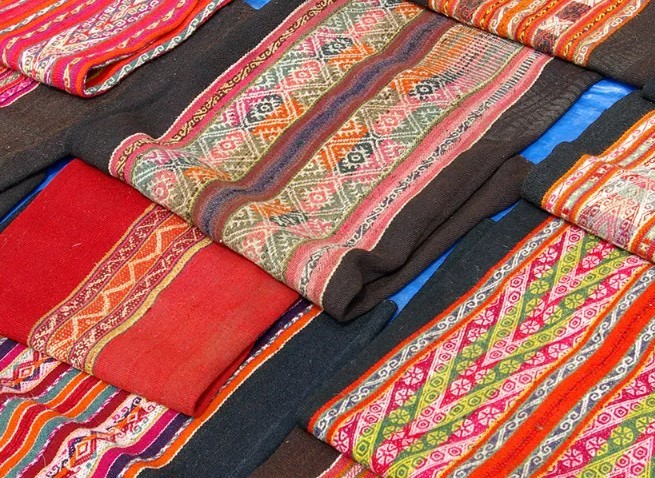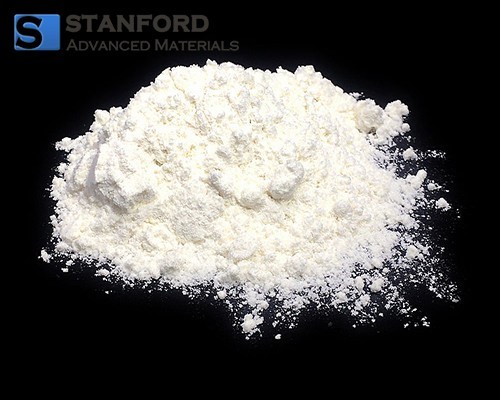Case Study: Enhancing Textiles And Fabrics With Zirconium (IV) Sulfate Tetrahydrate Powder
Introduction
Textiles and fabrics play a central role in daily life. They consist of a range of materials used for distinct purposes. At the same time, Zirconium(IV) sulphate tetrahydrate powder is a chemical compound utilising its high reactivity in several industries. This article explains its properties and uses, thereby providing the reader with factual understanding of its role in these sectors.
 [1]
[1]
Figure 1. Textiles and Fabrics
Understanding Zirconium(IV) sulphate tetrahydrate powder
Zirconium(IV) sulphate tetrahydrate powder, commonly known as zirconium sulphate or Zr(SO₄)₂-4H₂O, is primarily employed in various industrial processes. It is not used directly on textiles and fabrics but plays an indirect role in production methods linked to the textile industry.

Figure 2. Zirconium(IV) sulphate tetrahydrate powder
Applications of Zirconium(IV) sulphate tetrahydrate powder in the treatment of textiles and fabrics
Zirconium(IV) sulphate tetrahydrate powder is used mainly as a crosslinking and mordant agent in the textile industry. The following applications are documented:
Dyeing: Zirconium sulphate acts as an effective mordant in textile dyeing processes. A mordant is a chemical that aids the fixation of dyes to fabrics, thereby increasing colour fastness. It improves the binding of specific dyes to textiles, which results in enhanced dye fixation and improved colour stability.
Fire-retardant treatment: Zirconium compounds are occasionally incorporated in fire protection treatments for textiles. These treatments enhance the fire resistance of fabrics and make them suitable for applications where fire resistance is critical, for example in protective clothing or upholstered furniture in public venues.
Textile finishing: The compound is used in textile finishing where it alters fabric stiffness, smoothness, or other target properties. Such treatments are applied in formal attire or specialised textile products.
Antimicrobial treatment: Zirconium-based compounds are included in antimicrobial treatments that inhibit the growth of bacteria and fungi on fabrics. This treatment benefits applications such as sportswear, medical textiles, or outdoor equipment.
It is necessary to evaluate the specific textile application and chemical compatibility before using zirconium sulphate or similar compounds. Safety and environmental regulations must be adhered to during handling and disposal.
Conclusion
In summary, zirconium sulphate tetrahydrate powder is not a direct component of textiles and fabrics, but it is used as an auxiliary agent in textile production and finishing processes. Consequently, it contributes in essential ways to the quality and functionality of textile products.
Stanford Advanced Materials (SAM) offers a range of zirconium sulphate hydrate powder qualities to its customers. For further details, please visit our homepage.
Reference:
[1] Encyclopædia Britannica (2023). Textiles at a Market [Photo]. https://www.britannica.com/summary/textile#/media/1/589392/107059

 Bars
Bars
 Beads & Spheres
Beads & Spheres
 Bolts & Nuts
Bolts & Nuts
 Crucibles
Crucibles
 Discs
Discs
 Fibers & Fabrics
Fibers & Fabrics
 Films
Films
 Flake
Flake
 Foams
Foams
 Foil
Foil
 Granules
Granules
 Honeycombs
Honeycombs
 Ink
Ink
 Laminate
Laminate
 Lumps
Lumps
 Meshes
Meshes
 Metallised Film
Metallised Film
 Plate
Plate
 Powders
Powders
 Rod
Rod
 Sheets
Sheets
 Single Crystals
Single Crystals
 Sputtering Target
Sputtering Target
 Tubes
Tubes
 Washer
Washer
 Wires
Wires
 Converters & Calculators
Converters & Calculators
 Chin Trento
Chin Trento


